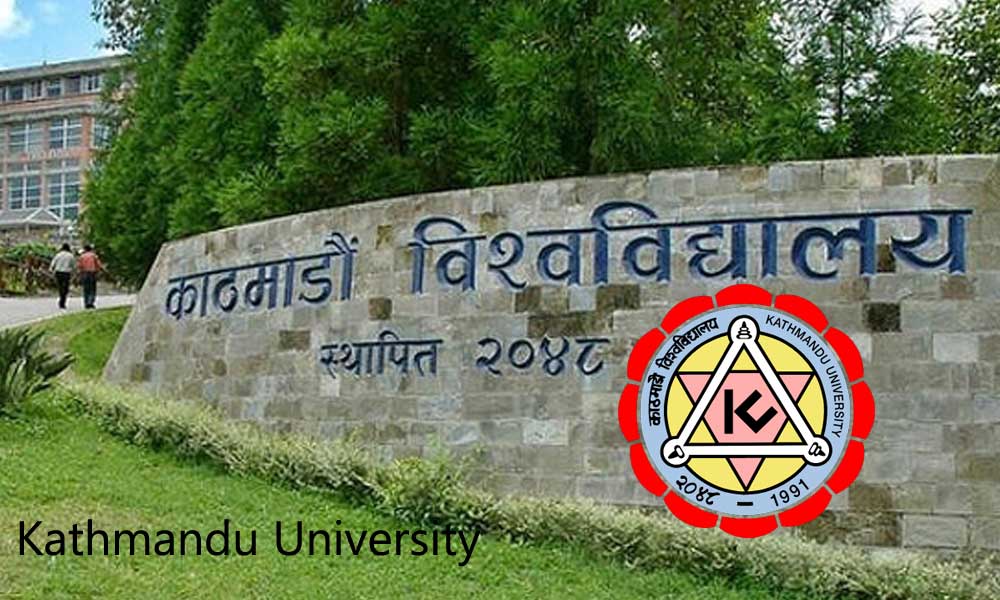
High Number of Vacant Seats in Nepal's Colleges and Universities
Nepal is facing a major problem with the high number of vacant seats in its colleges and universities. According to reports, only two students were admitted in the quota of 24 seats in the subject of social work at the undergraduate level at Kathmandu University this year, while 22 seats remained vacant. Similarly, only four people were admitted out of 30 quotas in BA Buddhist Studies, and 26 seats remained vacant. In fact, seats remained vacant in all but one subject, BFA, in the total 12 academic programs of the School of Arts of this university.
The problem is not only limited to Kathmandu University but is a problem of 150 private colleges of 11 universities, 537 community colleges, and 773 affiliated private colleges in total 1440 colleges. According to the vice-chancellor of the university, Bhola Thapa, 30 percent of the total seat quota of 200 educational programs in seven schools operating in Kathmandu University is vacant this year. He said that the quota is vacant in other than MBBS and BDS in medical.
The University Grants Commission has prepared a concept paper by creating criteria for merging community colleges with less than 100 students and in the case of private colleges with fewer students. Out of the total 1,440 colleges operating in Nepal, 65 percent of the colleges are running with difficulty.
According to the grant commission, the government is preparing to merge the programs of 218 community colleges and 21 private colleges with less than 100 students after the college is closed due to lack of students. Similarly, the discussion on the merger of 345 private colleges with less than 100 students has also progressed, according to the commission.
"St. Xavier's College in Maitighar, Kathmandu, has been enthusiastically conducting BSW in social work at the undergraduate level, but this year, not the students, but the university has requested to close the program," KU Vice Chancellor Thapa said, "Government is opening universities and colleges under political pressure, but proper management It was seen that the number of students decreased due to not being able to do it.'
In collaboration with Education Journalist Network Nepal (EJON), Kathmandu University conducted an interaction program about the state of higher education in Nepal just a few days ago. According to the data from the Rashtra Bank, 70 thousand students have gone abroad for higher education in the last 8 months, while from July to March 23, 80 thousand students have taken NOC for studying in different countries. Nepali colleges have reached a state of closure after foreign students.
The Vice-Chancellor of the university and professors of the college have agreed for the merger. The National Education Policy of 2076 also provides for the merger of colleges with less students. The number of community campuses affiliated to Tribhuvan University is 528, and there are four community campuses from Nepal Sanskrit University and five community campuses from Purvanchal University.
In Nepal, the number of affiliated campuses of universities has reached 150, the number of affiliated community campuses has reached 537, and the number of private campuses has reached 1440 with 753. 460,000 students are pursuing higher education across the country. The data shows that 5 years ago, the number of students studying in community campuses was 33.6 percent, but now it has dropped to 29.09 percent. Five years ago, there were 532 community campuses, but now there are 537. This shows that despite the increase in the number of campuses, the number of students is decreasing.
In the current academic year, the university has implemented a number of new initiatives to enhance the student experience. For example, they have introduced a mentorship program where senior students are paired with new students to help them navigate university life and provide academic and personal support. Additionally, they have increased funding for extracurricular activities and clubs to encourage students to get involved in campus life.
The university has also made efforts to improve the quality of teaching and learning. They have implemented new technology in the classrooms to facilitate more interactive and engaging lectures, and have hired additional faculty members to reduce class sizes and provide more personalized attention to students.
Furthermore, the university has placed a strong emphasis on research and innovation, with several new research centers established in various fields. This has attracted top researchers and students to the university, and has helped to create a dynamic and stimulating intellectual environment.
Overall, the university has made significant strides in recent years to enhance the quality of education and student experience. They continue to strive for excellence and are committed to providing a supportive and challenging learning environment for their students.
Kathmandu




